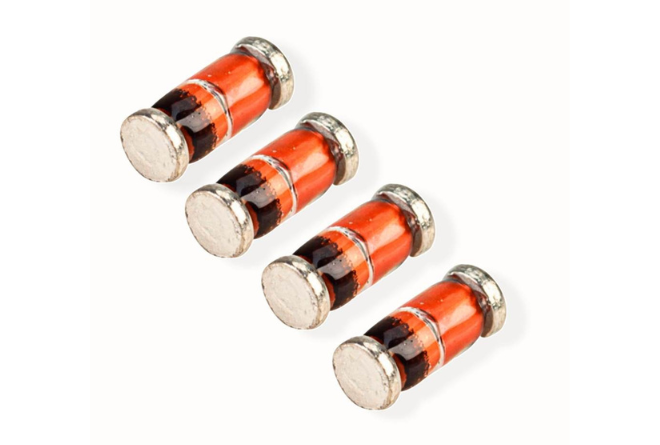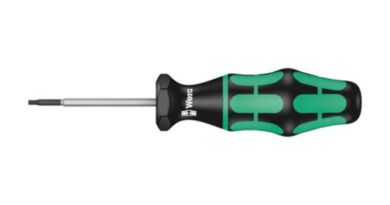Zener Diode: The Unsung Heroes of Voltage Regulation
In the realm of electronics, there exists a multitude of components, each serving its unique purpose. From transistors that amplify signals to capacitors that store energy, every component has its role. However, some of these parts, despite their significance, often fly under the radar. One such component is the Zener diode. As unassuming as it might appear, this Zener diode plays an instrumental role in maintaining voltage levels within circuits. Let’s explore the realm of Zener diodes and shine a light on these unsung heroes of voltage regulation.
The Basic Principle Behind Diodes
Before diving deep into the world of Zener diodes, it’s pivotal to understand the primary function of a diode. A diode is a semiconductor device that allows the flow of current in one direction while inhibiting it in the opposite direction. Think of it as a one-way valve for electricity. This characteristic is essential for rectifying circuits, which convert alternating current (AC) to direct current (DC).
Enter the Zener Diode
While a standard diode serves its purpose in enabling one-directional current flow, it remains ineffective when a voltage tries to push in the opposite direction – unless the voltage is significantly high. This is where the Zener diode comes into the picture.
Zener diodes are designed to not only allow current to flow in the forward direction like any other diode but to also allow it in the reverse direction if the voltage exceeds a specific value known as the “Zener voltage.” This unique characteristic makes them invaluable for voltage regulation tasks.
How Does Zener Diode Achieve Voltage Regulation?
To grasp the concept of voltage regulation by the Zener diode, consider a scenario where you have a variable voltage source, and you want to ensure that your device only experiences a constant, specific voltage.
When you connect a Zener diode in reverse bias (opposite polarity) across your device and the voltage exceeds the Zener voltage, the diode “breaks down” and starts conducting in the reverse direction. This breakdown isn’t destructive but a controlled, unique trait of the Zener diode. As it conducts, it effectively clamps the voltage across itself to its Zener voltage, ensuring the device doesn’t experience voltages beyond this level. Thus, even if there are fluctuations in the input voltage, the output remains constant.
Where Do We See Zener Diodes in Action?
- Voltage Reference: Thanks to their ability to maintain a specific voltage across them, Zener diodes serve as references in many circuits. If a design needs a steady 5.6V reference, for instance, a 5.6V Zener diode would be an ideal choice.
- Transient Voltage Suppression: In circuits sensitive to voltage spikes, Zener diodes act as protectors. If a sudden surge in voltage occurs, the Zener diode quickly conducts, diverting the excess voltage and safeguarding the sensitive components.
- Voltage Regulation in Power Supplies: In many simple power supply designs, Zener diodes, coupled with resistors, help maintain a steady output voltage regardless of the variations in input voltage or load conditions.
- Linear Regulator Designs: While more sophisticated voltage regulators are available, some basic designs use Zener diodes combined with transistors to achieve regulation. The diode provides the reference voltage, and the transistor does the heavy lifting.
Key Advantages of Zener Diodes
- Compactness: Zener diodes are typically small, making them ideal for designs with space constraints.
- Reliability: Their simplicity leads to high reliability, given the absence of moving parts or complex structures.
- Cost-effectiveness: Zener diodes are generally cheaper than many other voltage regulation solutions, especially for low-power applications.
Challenges and Limitations
While Zener diodes are heroes in voltage regulation, they’re not without their challenges. They might not be efficient for high-power applications because of power losses. Also, their voltage regulation range is dependent on the current flowing through them, which can be a limitation in some designs.
Conclusion
The Zener diode, despite its modest appearance, is a powerhouse in the world of voltage regulation. It’s an embodiment of how even simple components can have profound impacts on electronics. By offering a reliable, cost-effective, and compact solution for maintaining voltage levels, Zener diodes rightfully earn the title of unsung heroes in the vast orchestra of electronic components. As technology continues to evolve, there will always be a special place for these tried and true components, reminding us of the elegance of simplicity in design.




